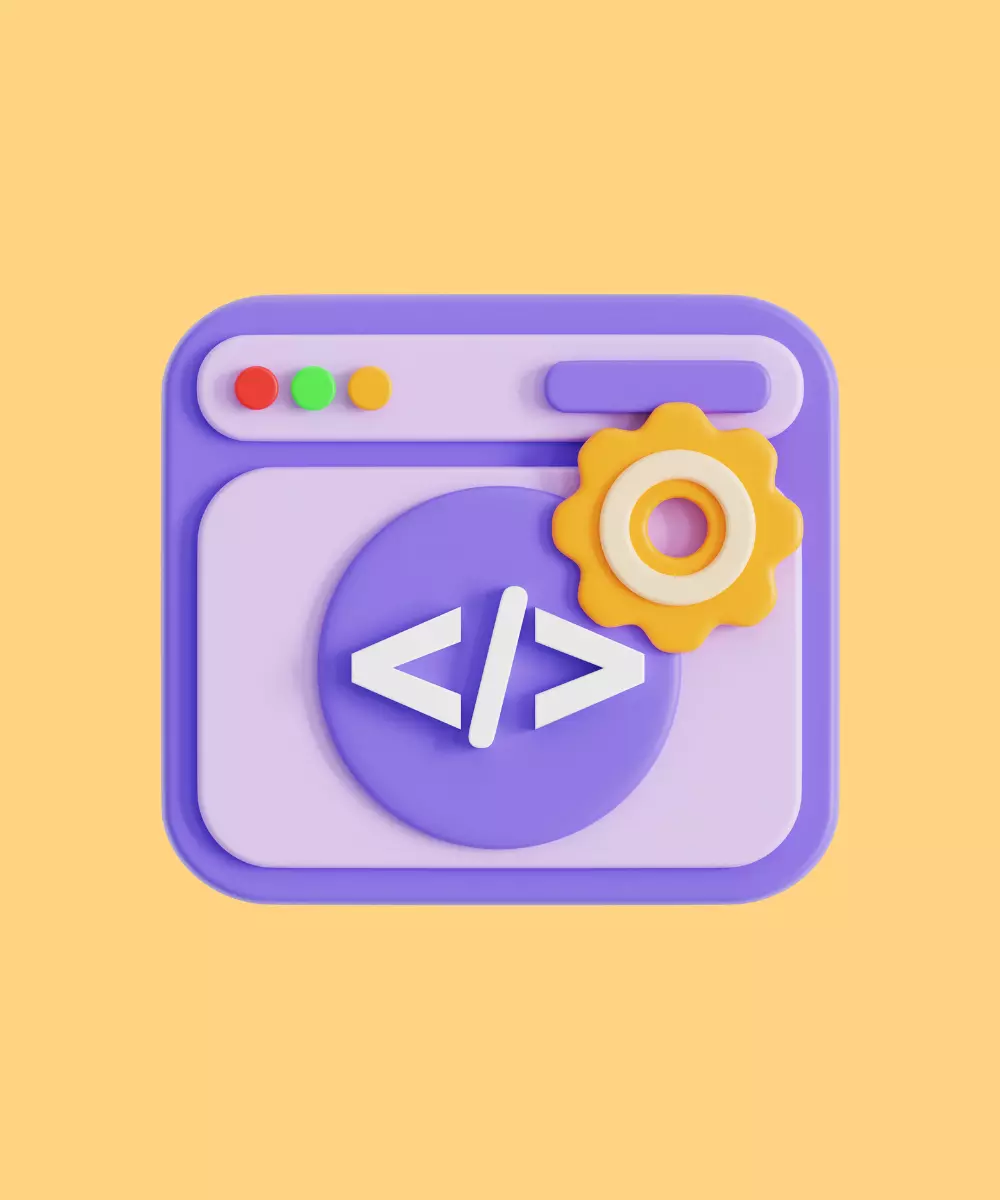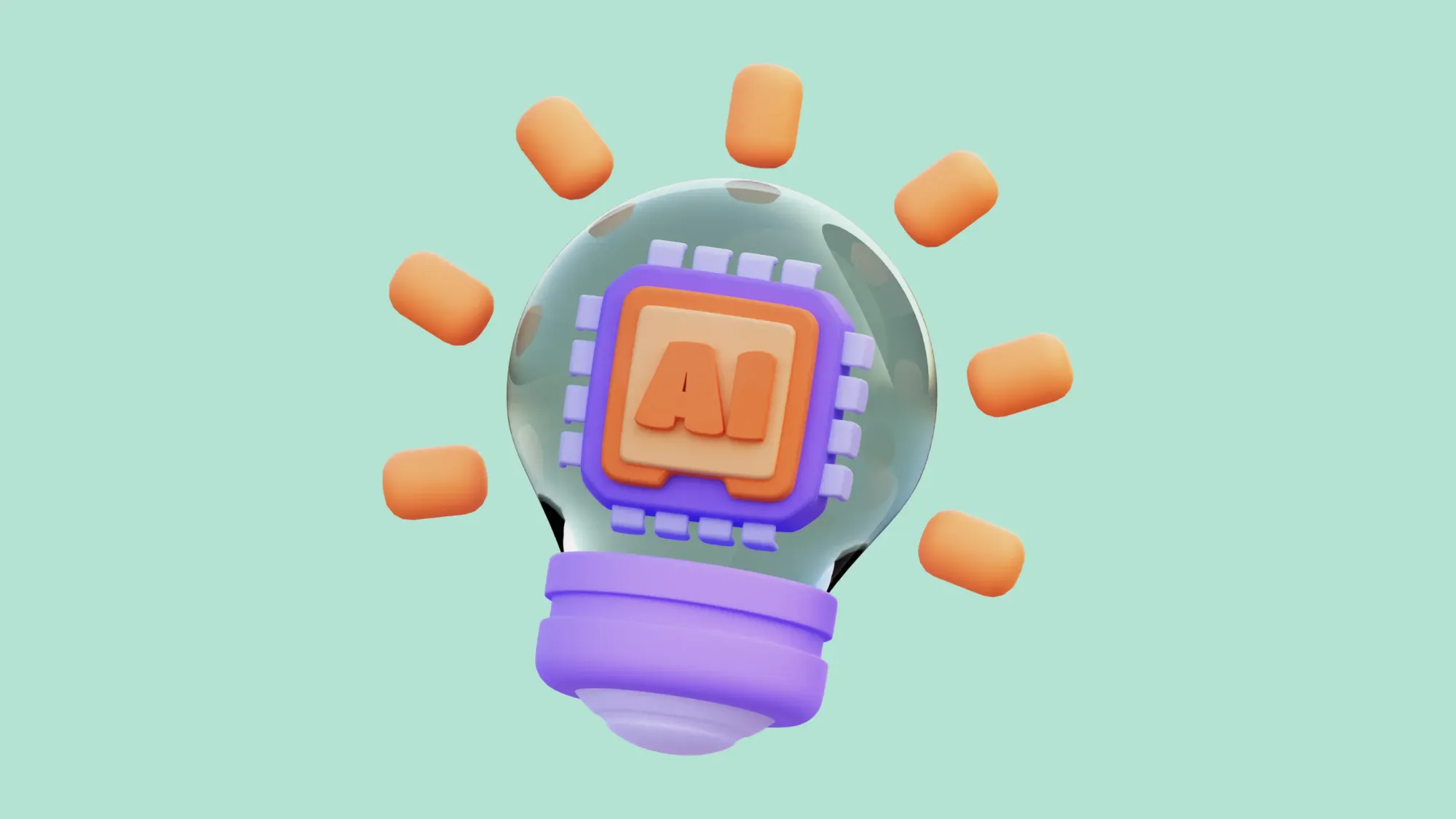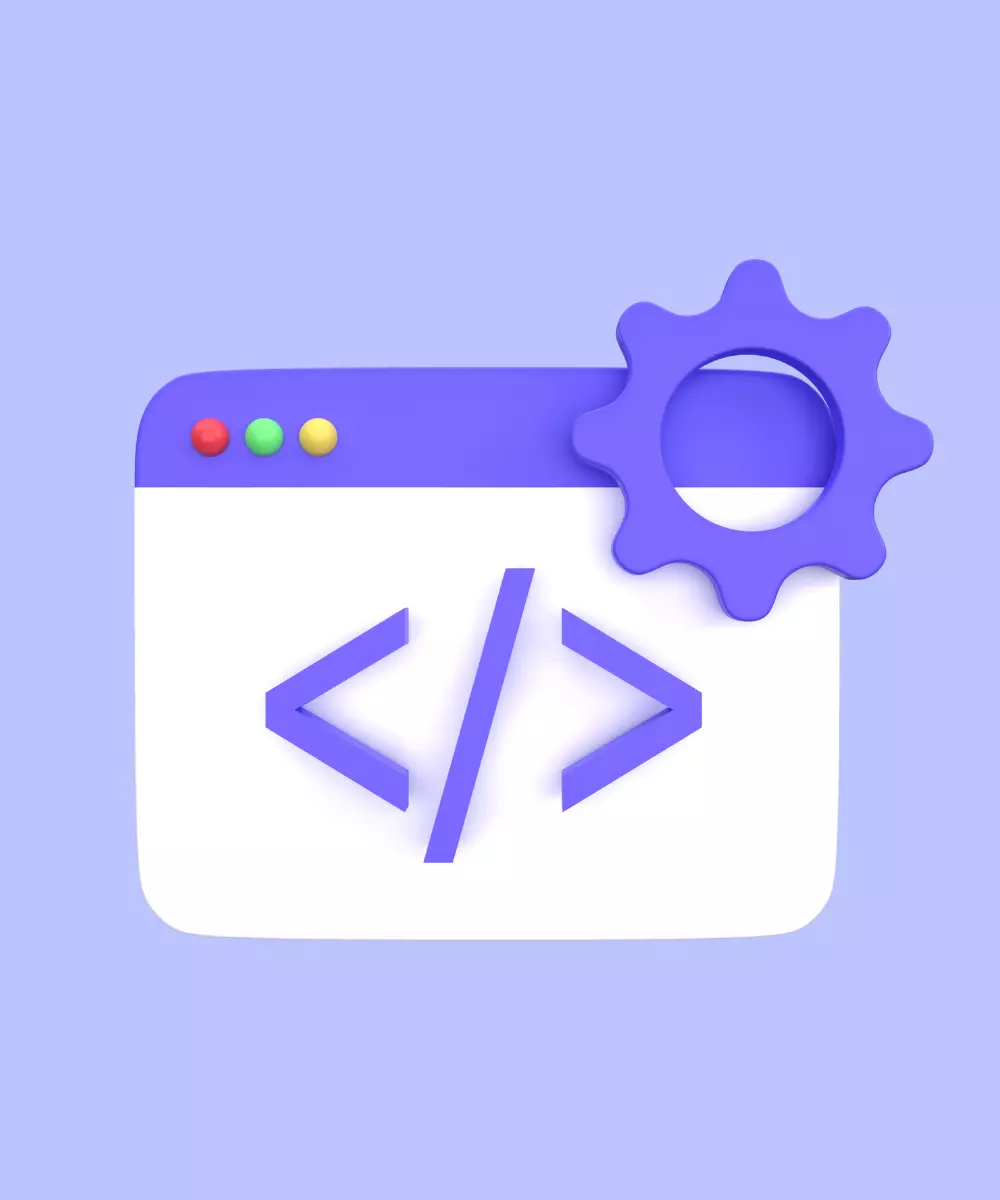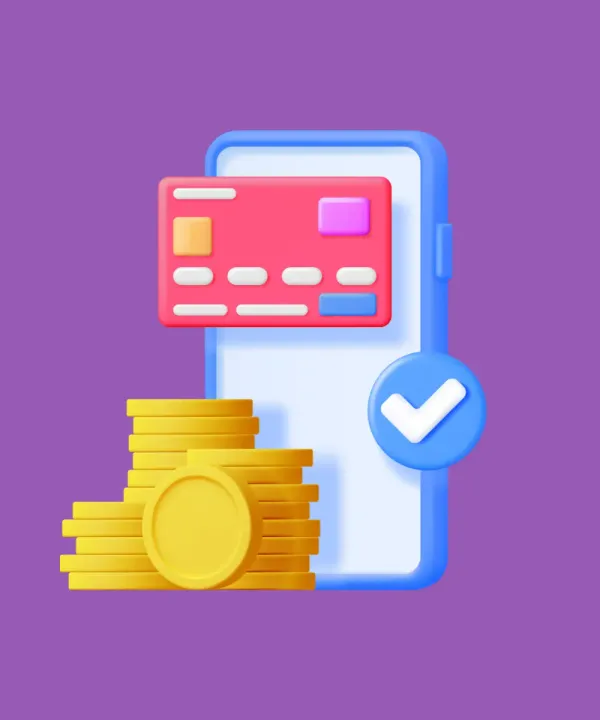The age of digitalization has ushered in groundbreaking advancements in web technologies. From the early days of basic HTML sites to dynamic, AI-driven platforms we see today, web development has come a long way. Now, with the proliferation of mobile devices and an ever-demanding user base, web development is poised to undergo even more transformative changes.
In this article, we delve into the current state of web development, forecast its future, and discuss the key trends that anyone in the web development space should keep an eye on.
Brief Overview of Web Development Market
The web development market is an ever-expanding universe, echoing the digital footprints of businesses, individuals, and innovations globally. It's not just about crafting websites anymore; it's about creating digital experiences, connecting realms, and facilitating seamless interactions in the virtual world.
The brisk advancement of technology has been an unfailing driving force behind the evolution of any development company. With the rise of artificial intelligence and the spread of drag-and-drop site builders, DIY platforms, and other auxiliary tools, the future of web development is looking more exciting and uncertain than ever. As per Statista, there are over 200 thousand web developers and digital interface designers in the US at the moment, and there will be more than 228 thousand of them by 2032. Such a moderate increase in the not-so-distant future leaves us wondering whether the accelerated expansion of tech will ultimately lead to a dead end for this niche, with machines replacing humans.
Today's web development landscape is a mosaic of traditional web platforms coexisting with state-of-the-art, immersive applications. Businesses are continuously vying for digital real estate, ensuring their presence is not only established but also standout amidst a sea of competitors.
Amidst this evolution, new-age frameworks and tools like Flutter, React, and Vue.js are playing a pivotal role, pushing the boundaries of what's feasible and setting new standards of user engagement.
The commercial potential of the web development market remains robust. With every business, regardless of its size or industry, emphasizing its online presence, the demand for innovative web solutions is skyrocketing. Whether it's e-commerce platforms, digital portfolios, or complex web applications, the realm of web development promises continued growth and transformation.
Current State of Web Development
In 2024, web development is more advanced than ever. There are several popular tools and technologies that web developers use to create modern, interactive websites.
Most popular web tools and technologies in 2024
As we tread into 2024, the toolkit for web developers is as extensive as ever. Amongst these, Flutter carves a niche for itself, especially within the mobile app development sector. Its promise of writing once and running everywhere makes it a favorite. Alongside Flutter, web development giants like React, Vue.js, Node.js and Angular continue to be the backbone for numerous web applications, each providing developers with a comprehensive framework to build dynamic and responsive websites.
Here's a deep dive into the dominant tools and technologies that have taken the web development realm by storm this year:
React: The brainchild of Facebook, React remains a heavyweight in the realm of web development. Its dominance is attributed to:
- Component reusability: Developers can reuse code components of any level, saving significant development time.
- Virtual DOM: It ensures faster and more efficient updates and rendering.
- Strong community support: An active community, together with Facebook's backing, offers an array of resources, from libraries to tools, ensuring that developers can continually leverage the best practices.
Vue.js: Vue.js, though younger than its counterparts, has carved a niche for itself, especially among startups and SMEs:
- Progressive framework: Developers have the choice to integrate as little or as much of Vue as they wish, depending on their project needs.
- Simple and flexible API: This ensures a shorter learning curve compared to other frameworks, making it especially appealing to newcomers.
- Reactive data binding: Vue's two-way data binding, like Angular, ensures that changes in the UI are instantly reflected in the data and vice versa.
Node.js: Node.js is an open-source, cross-platform, JavaScript runtime environment that executes JavaScript code outside a web browser. It allows developers to use JavaScript to write server-side code, develop APIs, and access the database:
- Event-driven and asynchronous: Optimized for highly concurrent applications.
- NPM: Comes with a rich package ecosystem, providing a multitude of libraries and tools.
- Single programming language: Uses JavaScript for both client-side and server-side scripting.
- Scalable: Suitable for developing scalable network applications.
Angular: Angular is a robust open-source front-end web development framework, maintained by Google. It’s utilized for building dynamic, single-page applications, offering a seamless and interactive user experience. It employs TypeScript as its primary programming language and is renowned for creating scalable and maintainable applications.
- Two-Way Data Binding: Simplifies the synchronization between the model and the view, reducing the amount of boilerplate code needed.
- Dependency Injection: Efficiently manages and controls object scopes throughout the application, optimizing code manageability and testability.
- Angular CLI: Enhances development speed by providing handy commands to create components, services, and modules among other elements.
- SPA Oriented: Optimized for developing Single Page Applications, minimizing page reloads and enhancing user experience.
Flutter for Web: Initially conceived as a framework for mobile applications, Flutter has successfully branched out into the domain of web development. Its widget-based approach offers developers:
- Seamless integration: Developers can now create applications for mobile and web from a single codebase, ensuring brand and UX consistency.
- Rich customization: Flutter's rich set of highly customizable widgets allows for building natively compiled applications for mobile, web, and desktop from a single codebase.
- Performance boost: Thanks to its ability to compile to native ARM code and its use of the Skia graphics engine, web applications run seamlessly with excellent performance metrics.

In sum, 2024 is witnessing a diverse range of tools and technologies, each with its strengths, catering to varied web development needs. Businesses and developers alike need to choose based on their specific requirements, scalability needs, and the kind of user experience they aim to offer.
Mobile-first design and responsive web design
With the increasing usage of smartphones, web development has evolved to accommodate the needs of mobile users. Mobile-first design is an approach to web development where the design is created with mobile devices in mind first, and then adapted for larger screens. This ensures that the website works seamlessly across all devices. Responsive web design, on the other hand, is an approach to web design that makes web pages render well on a variety of devices and window or screen sizes. Both mobile-first and responsive web design are essential for creating modern, user-friendly websites.
Importance of user experience (UX) and user interface (UI) design
User experience (UX) and user interface (UI) design are crucial aspects of web development. UX design refers to the process of designing a website or application that is easy to use, efficient, and enjoyable for the user. UI design, on the other hand, refers to the design of the user interface, which includes the layout, visuals, and interactive elements of a website or application. A well-designed UI and UX are essential for creating a website or application that is intuitive, user-friendly, and visually appealing.

The Future of Web Development
Web development, as a domain, is continuously under the influence of technological breakthroughs. These technological strides not only dictate the technical aspects of web development but also reflect the evolving expectations of users. As we project into the future of web development, several key trends and innovations emerge as game-changers.
The role of AI and ML in web development
Artificial Intelligence (AI) and Machine Learning (ML) are shifting from being mere buzzwords to integral components of web development.
- Chatbots and customer support: With advancements in natural language processing, chatbots have become more sophisticated. They now offer real-time, human-like interactions, ensuring users get answers instantaneously. By 2023, it was projected that over 85% of customer interactions would be handled without human intervention.
- Personalization: AI-driven algorithms analyze user behaviors and preferences, leading to hyper-personalized content delivery. Websites of the future will adapt in real-time, showcasing content tailored to individual user profiles, enhancing user engagement and conversion rates.
- Automated web design: Tools powered by AI, like Adobe's Sensei, are streamlining web design by suggesting layouts, color schemes, and content placements based on the analysis of best-performing websites.

The growing importance of PWAs
Progressive Web Apps (PWAs) stand at the crossroads of web and mobile applications, offering the best of both worlds.
- Offline capabilities: Unlike traditional websites, PWAs can function offline, caching content and ensuring uninterrupted user experiences even in the absence of an internet connection.
- Push notifications: PWAs can send push notifications, a feature typically associated with native apps. This dramatically improves user engagement and retention.
- Performance: With faster load times and reduced data usage, PWAs provide superior performance, making them especially relevant for regions with unstable internet connections.
The impact of IoT on web development
The Internet of Things (IoT) phenomenon promises an interconnected digital ecosystem, where everyday objects are internet-enabled.
- Inter-device communication: As more devices become smart, websites will act as the interface for user-device interactions. Imagine controlling your smart refrigerator, checking your wearable's health stats, or managing your home's lighting, all via integrated web platforms.
- Data handling and visualization: With billions of IoT devices projected to come online, websites will play a crucial role in collating, presenting, and making sense of vast data streams in real-time.
- Security challenges: With increased interconnectivity, security will become paramount. Web developers will need to prioritize creating secure platforms, safeguarding user data, and ensuring seamless yet protected interactions between devices.

In a nutshell, the future of web development is exciting, driven by the amalgamation of innovative technologies and a relentless focus on enhancing user experiences. As boundaries blur between the real and virtual, web platforms will become more interactive, intelligent, and integrated, redefining the very essence of digital interaction.
Key Trends to Watch Out For
The web development domain is ceaselessly evolving. With technological innovations being introduced at an unprecedented pace, developers and businesses must remain attuned to the latest trends to ensure their websites and applications remain relevant, efficient, and competitive. Let's dive deeper into some key trends that are expected to shape the web development landscape:
The increasing popularity of serverless computing
Serverless computing, while not entirely devoid of servers, fundamentally changes the way developers approach coding and deployment:
- Cost-effective: Developers no longer need to manage server infrastructures, which results in cost savings. You pay for the actual amount of resources consumed by executions, not pre-allocated server space.
- Automatic scaling: Depending on the volume of requests, the cloud provider automatically allocates resources, ensuring optimal performance even during peak loads.
- Reduced development time: Without the need to worry about server management and maintenance, developers can focus solely on writing code, leading to faster time-to-market.
The rise of component-based architecture
Component-based architecture is not entirely new, but its adoption is skyrocketing, especially with the growing use of modern front-end frameworks:
- Modularity: Websites and apps are built from self-contained, reusable modules or components, leading to cleaner and more organized code.
- Efficient development: The reusability of components reduces the time and effort involved in coding, allowing for faster development cycles.
- Easier maintenance: With clearly defined components, identifying and rectifying issues becomes simpler. Updates or changes to a specific component don’t necessarily impact others, ensuring stability.
The growing importance of web accessibility
Inclusivity is gaining prominence in the digital sphere. More than a trend, it's becoming a necessity:
- Wider reach: By making websites accessible, businesses can cater to a larger demographic, including those with disabilities, leading to a broader customer base.
- Legal imperatives: Many regions now have legal requirements in place for web accessibility, making it crucial for businesses to comply and avoid potential legal ramifications.
- Enhanced UX: Accessibility practices often lead to better user experiences for everyone, not just those with disabilities. Features like clear typography, intuitive navigation, and contrast-rich color schemes benefit all users.
Rise of edge computing in web development
Edge computing is positioning itself as a transformative trend in web development:
- Faster content delivery: By processing data closer to the data source (like a user's device), edge computing reduces latency and ensures faster content delivery.
- Reduced load on central servers: With computations happening at the edge, central servers experience reduced traffic, leading to cost savings and increased efficiency.
- Enhanced security: Data is processed locally on users' devices, reducing the risk of data breaches during transmission.
These trends underscore the dynamic and multifaceted nature of web development. As user expectations continue to soar and technologies evolve, staying abreast of these trends will be vital for businesses and developers aiming for success in the digital realm.
Conclusion
As we delve deeper into 2024 and look towards the future, the digital landscape continues its rapid evolution. At What the Flutter we've been at the forefront of this change, harnessing the power of Flutter to redefine web experiences. While trends like AI, PWAs, and IoT mark the dawn of a new era in web development, our commitment remains anchored in delivering innovative, future-ready solutions for our clients.
As we navigate this exciting juncture, we invite you to journey with us. Together, let's shape the future, leveraging the best of technology and innovation. If you're passionate about staying ahead and creating memorable digital experiences, let What the Flutter be your partner of choice. Connect with us today and let's build the future, one pixel at a time.













